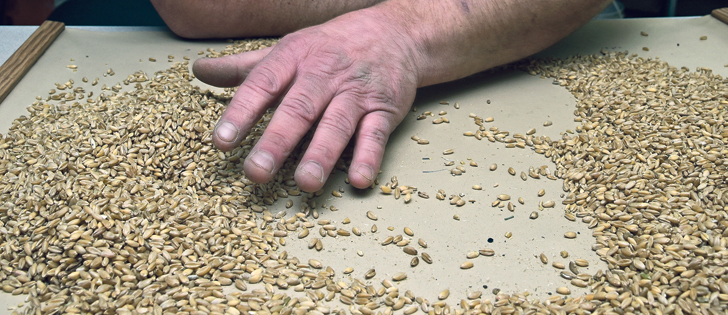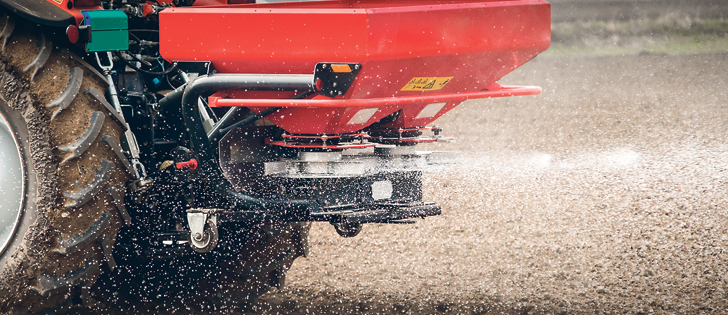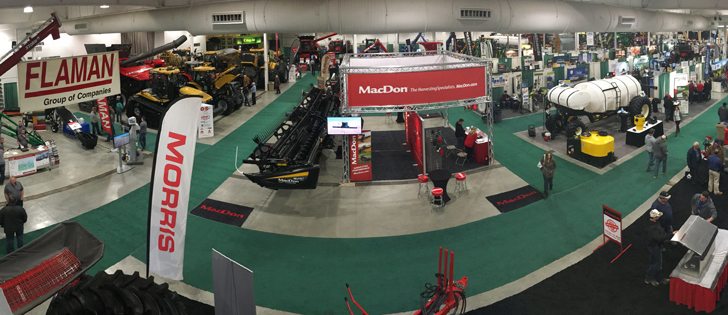Bruce Carriere has some simple advice for Saskatchewan grain farmers: test your seed and test it early.
Carriere, who owns Discovery Seed Labs in Saskatoon, said he’s seen a wide range of quality in common and pedigreed seed samples submitted to his testing facility this year.
Generally speaking, disease levels are up on new crop seed and average germination levels are down.
“Test early this year,” said Carriere, who spoke to producers at the Saskatchewan Seed Growers Association’s annual general meeting Jan. 11 during Crop Production Week.
Read Also

Why feds imposed EV tariffs
Moe and Kinew have a fight on their hands when it comes to eliminating the EV tariff. Canada has to worry about pissing off the U.S. and Mexico and hundreds of thousands of auto workers.
“Don’t wait until March or April to get your tests done because if you have to find something else, you’re probably not going to get any if you wait too long.”
High quality durum seed will be particularly scarce this year because much of last year’s crop was heavily diseased and germination levels are generally poor, he said.
“With durum, if you don’t find out what you’ve got within the next two to three weeks, you’re not going to get any. There just won’t be any left.”
For many crop types, difficult harvest conditions last fall resulted in a poor quality harvest.
Farmers who were lucky enough to combine cereal crops early in the fall, before persistent rains, are likely sitting one some good quality grain with fairly high germination levels.
But for crops that were harvested later, germination levels were reduced and disease levels were elevated.
“There are disease numbers out there that will make your head spin,” Carriere said in an interview following his presentation.
“If your crop came off before the rains hit, it’s probably going to be in great condition. Really, really nice shape. But as we get further and further into September, October, November and even into December … the longer it sat out there, the worse it gets.”
Based on test results from his lab, average germination levels on spring wheat samples have been in the low- to mid-80 percent range.
Average germination on field pea samples are in the low 90s, but asco-chyta is becoming more prevalent.
Lentil quality is variable and ranges widely from region to region.
“Some areas of the province … are in pretty dire straits but when you get into other areas — south-central Saskatchewan for example — it (lentil quality) is actually pretty good,” he said. “I think there’s going to be enough lentil seed available, but depending on where you are, you’re probably going to have to travel to get it.”
The condition of durum seed — pedigreed and common — is especially concerning.
“When I look at our stats on durum this year, we are looking at 70 percent of the (samples) below 85 percent germination,” Carriere said.
“That number, instead of 70 percent, is normally at eight percent…. If you’re talking about durum, there’s not going to be enough pedigreed seed this year. There just isn’t. I’ll guarantee it.”
Carriere said growers should strive for a minimum germination level of 85 percent in cereals.
Some growers might be tempted this year to increase their seeding rates and plant seed with germination rates below 85 percent.
However, that isn’t recommended because it can lead to higher disease levels in the planted crop.
Overall, Carriere predicted that Saskatchewan durum plantings will be down in 2017, and could stay that way until drier conditions return to traditional durum-growing regions
Some growers in southern Sask-atchewan have purchased pedigreed durum four years in a row because they’re unable to harvest a crop that is good enough to replant.
“I think there’s going to be less durum acres going in. I really do,” he said.
Roy Klym, past-president of the Saskatchewan Seed Growers Association, agreed that durum acres will be down this year, partly because of the bad experience that growers had with the crop in 2016 and partly because quality seed will be hard to come by.
Growers looking for good durum seed should start their search immediately, he added.
Klym predicted that pea acreage would be up in 2017, but he said there should be sufficient pedigreed seed supplies to meet demand. Seed quality will “be all over the map,” Klym said.
Some pedigreed seed growers have lots of good quality seed available for sale and others have very little, he said.
He urged growers to take every measure aimed at limiting limit the impact of fusarium in 2017. Those measures include seed treatments, properly timed fungicide applications, improved agronomic practices and selecting varieties that have better resistance to the disease.
















